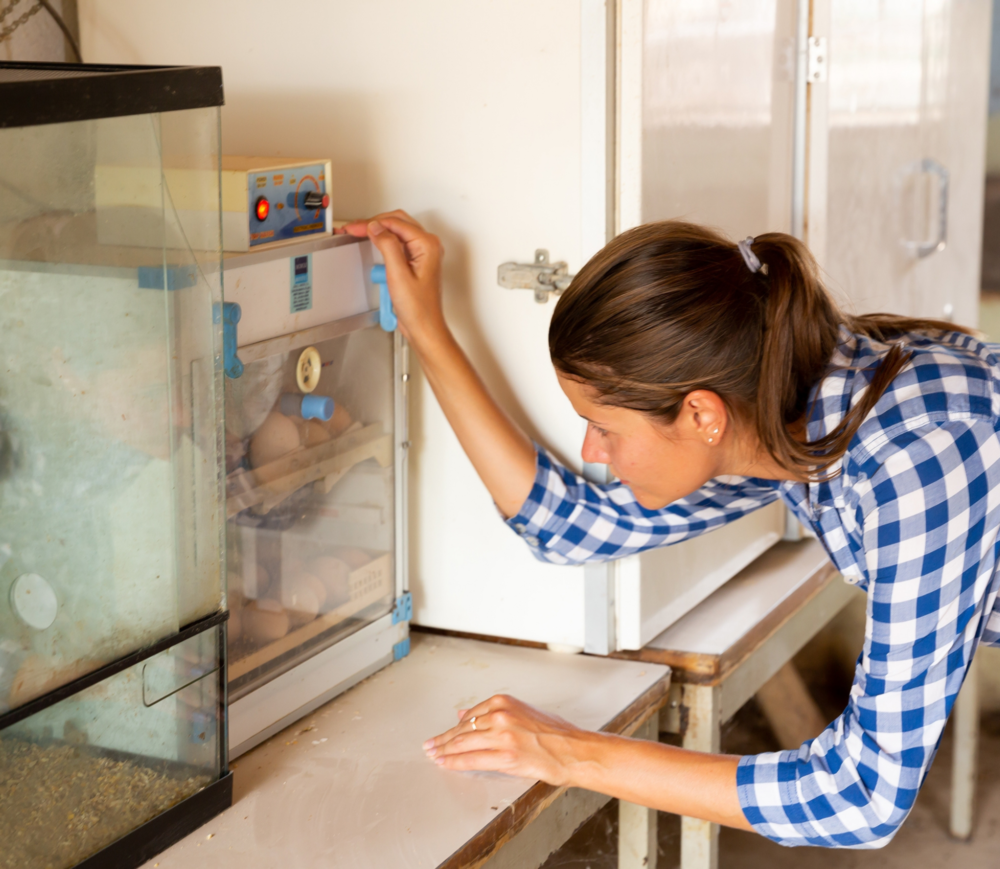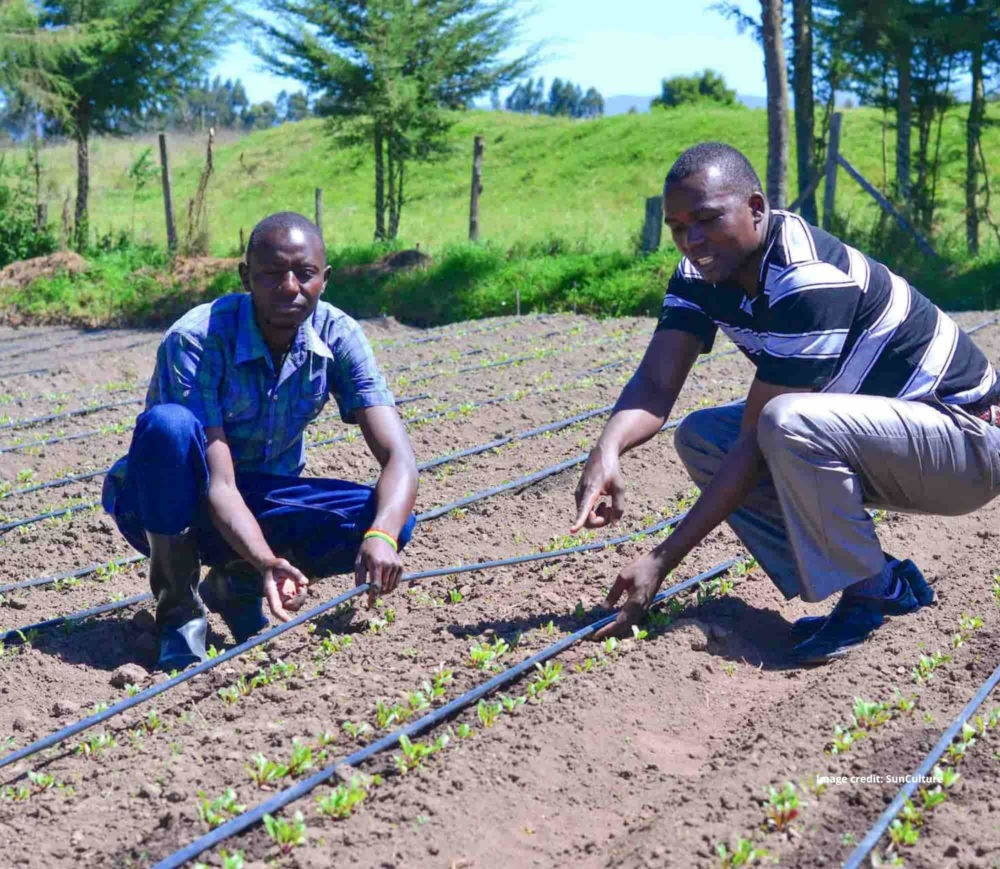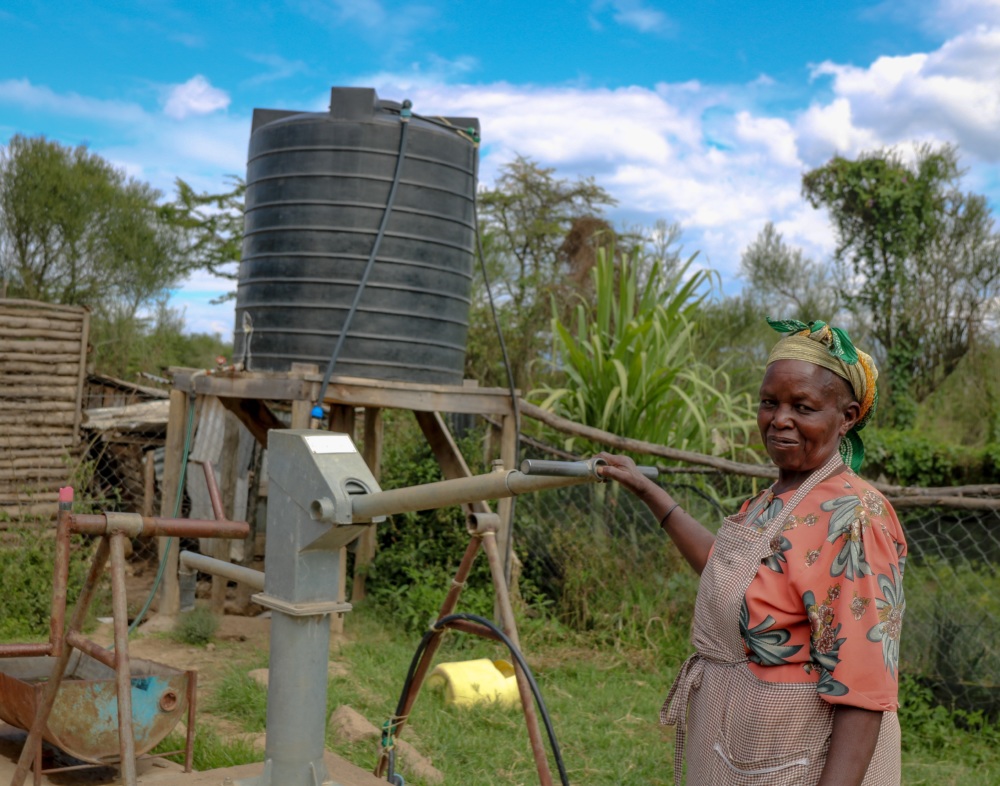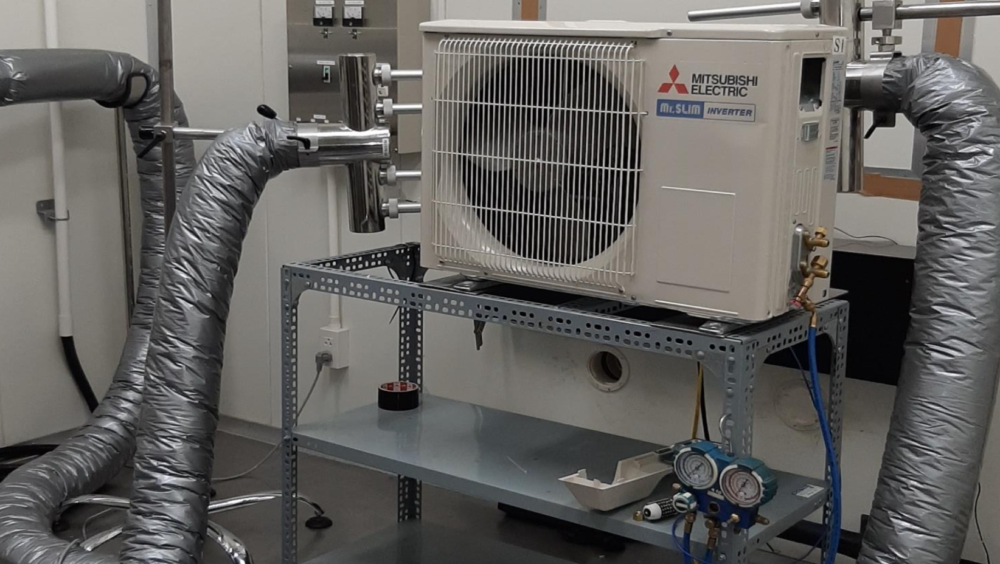2019 eceee Summer Study – Recognizing and rewarding higher efficiency: case studies in moving to a single test metric for fixed and variable speed air conditioners
Summary
Download Report
Fill out the form below to activate file downloads
Increasing the market share of inverter air conditioners is a key step towards improving the efficiency of residential cooling. Inverter air conditioners typically use 20% less energy than fixed speed air conditioners by operating at part load instead of turning on and off. However, the efficiency benefits from inverters are often not captured in energy efficiency standards and labeling programs because the metric used reflects only performance at full load.
In addition, economies that have implemented standards based on performance metrics that do capture the gains from inverters have often implemented these standards for inverter air conditioners only while continuing to rate fixed speed units under a different metric. Such policies prevent a fair, technology-neutral comparison between all types of air conditioners.
This paper examines the transition to a single test metric for room air conditioners and the resulting market transformation in India and Southeast Asia. In India, the convergence to a single metric and energy efficiency requirement for room air conditioners has accompanied an increase of inverter technologies from 5% in 2014 to about 30% in 2018.
In Vietnam, the introduction of a performance metric that captures the benefits from part load performance coincided with a near doubling of the penetration of inverter air conditioners in the market from 34% in 2013 to 65% in 2018. These case studies focus on the technical and institutional hurdles when shifting to a single test metric, and the impact on the room air conditioners market from the convergence of efficiency requirements. The lessons from these cases studies provide valuable insights for policymakers seeking to promote high efficiency cooling products in their markets.
This paper was originally published in the eceee 2019 Summer Study proceedings: Is efficient sufficient?









